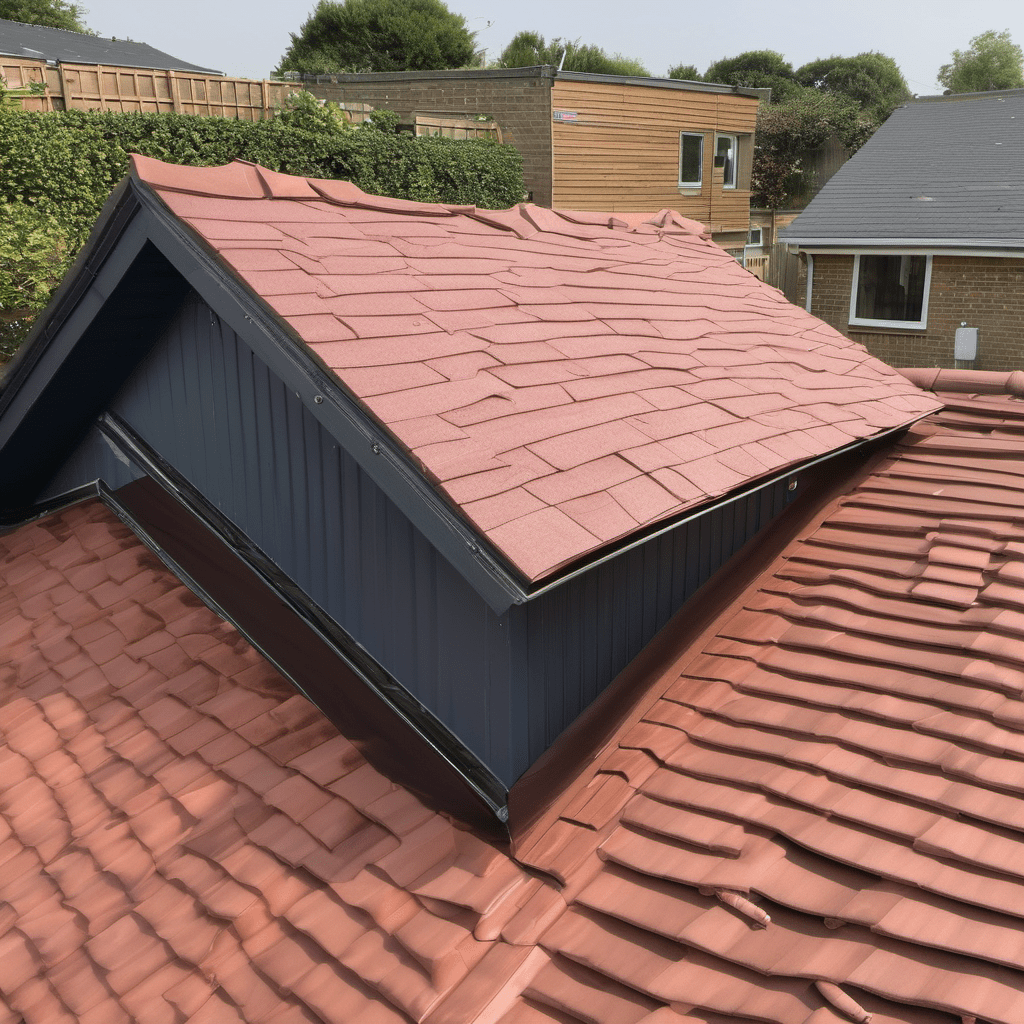We know that one of the most important things in your home or commercial properties is to have a good, reliable and strong roof. In this blog post, we will give you some invaluable tips and insights on how to effectively maintain your roof and prolong its lifespan.
Regular Inspections:
It is advisable for an individual to conduct regular inspections over his/her roof. Our greatest urge is that you take at least two times a year, probably in spring and autumn seasons when checking on your roof. Instances such as missing/damaged shingles, leakages or sagging areas should also be observed during these times. Making sure that these conditions are detected earlier can save significant amounts of money.
Clean Gutters and Downspouts:
When gutters and downspouts get clogged they cause water to remain on the rooftop which eventually leads to damage and wear out of the structure with time. It’s crucial for you to clean gutters often so as not to accumulate debris which obstructs free flow of water from it. This is another reason why you might consider installing gutter guards.
Trim Overhanging Branches:
Storms or high winds may make overhanging branches dangerous to your roof. To avoid damages or the buildup of debris, you should cut off any branches that are hanging across your roof. Besides, this helps to decrease the chances of pests accessing your roof and causing destruction.
Address Leaks Promptly:
If you notice any leak signs like water stains on the ceiling or walls it is important to act fast. A leak that is ignored can result in water damage as well as mold growth which compromises the structural integrity of your roof and poses health risks. You should contact a professional roofing contractor for leak detection and repair.
Invest in Professional Roof Maintenance:
Although there are several maintenance tasks you can undertake on a DIY basis, engaging a professional roofer for regular maintenance is highly recommended. Professional roofers possess the knowhow and special tools necessary to spot and deal with potential problems before they turn into major ones. Make appointments for yearly inspections and servicing at Belmar Roofing to keep your roof in excellent condition.
Conclusion:
Repairing your roof is imperative to its long life and safeguarding your homestead or commercial property from adverse weather conditions. Comply with these tips provided by Belmar Roofing and enable the longevity of your house’s roofing system anytime. Always remember, when you are proactive in maintaining it, you can avert many repairs that are expensive and prolong the life of the roof. If you need any clarifications or professional roofing services, just call us on our toll free number or visit our office in person; we have round-the-clock lines open for consultations. We got you!

